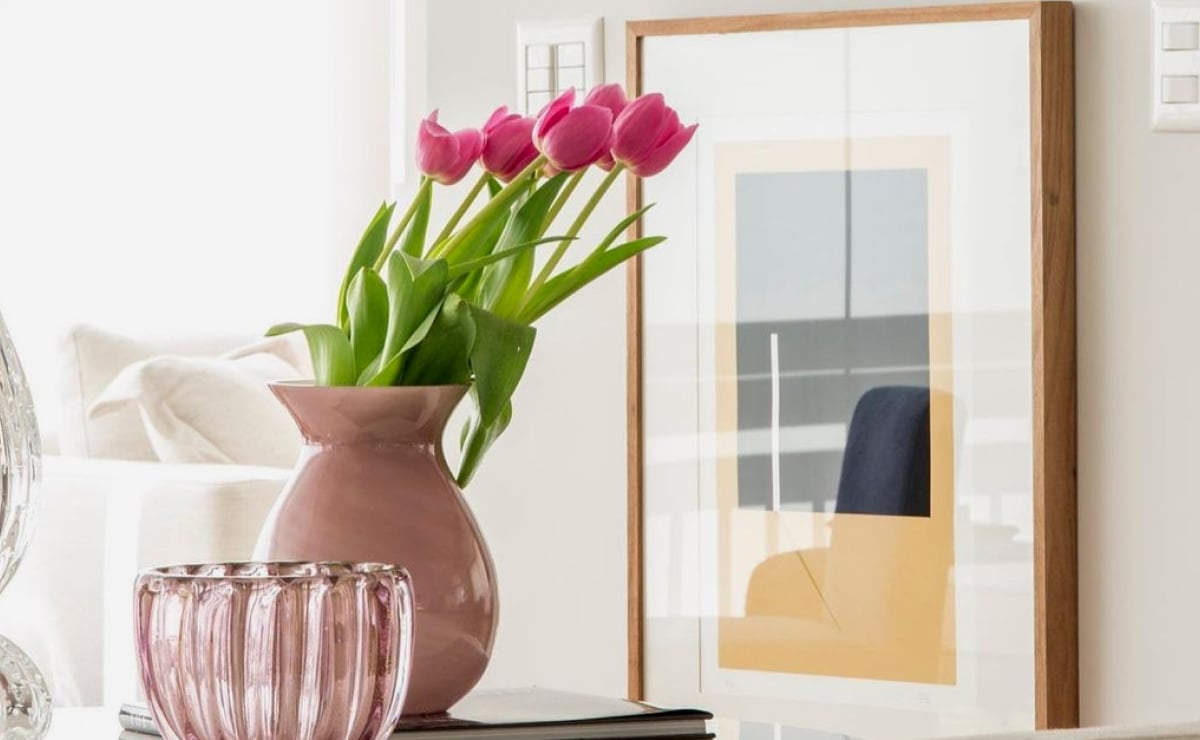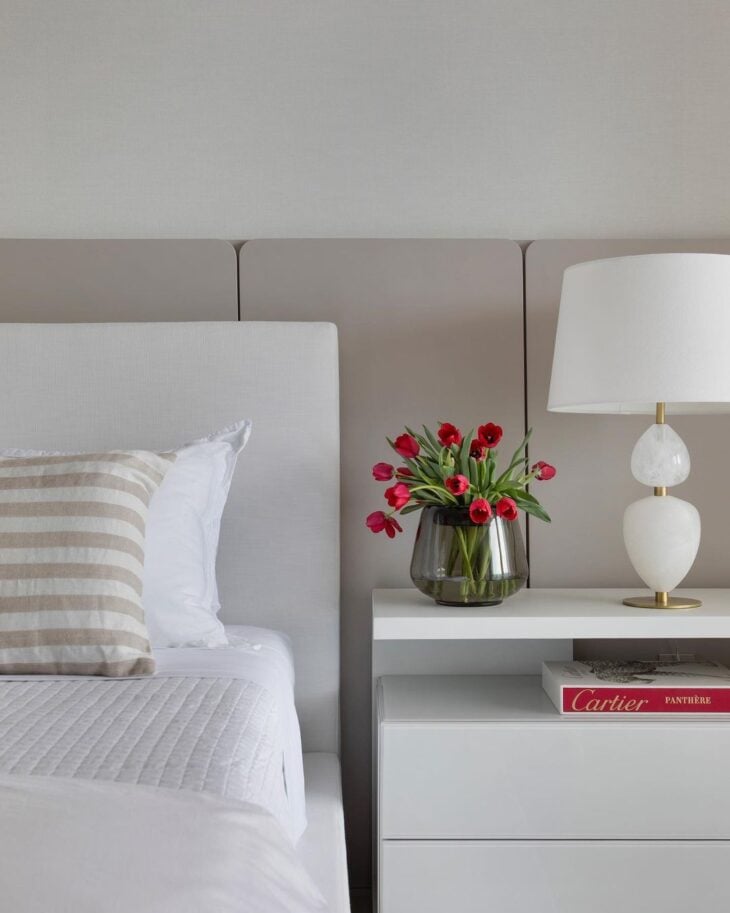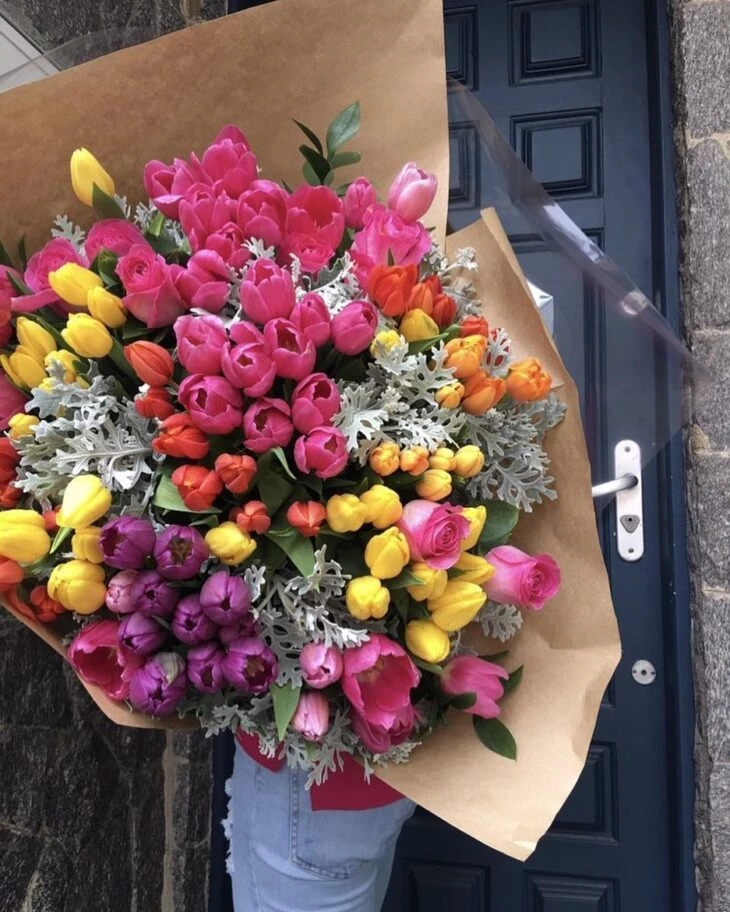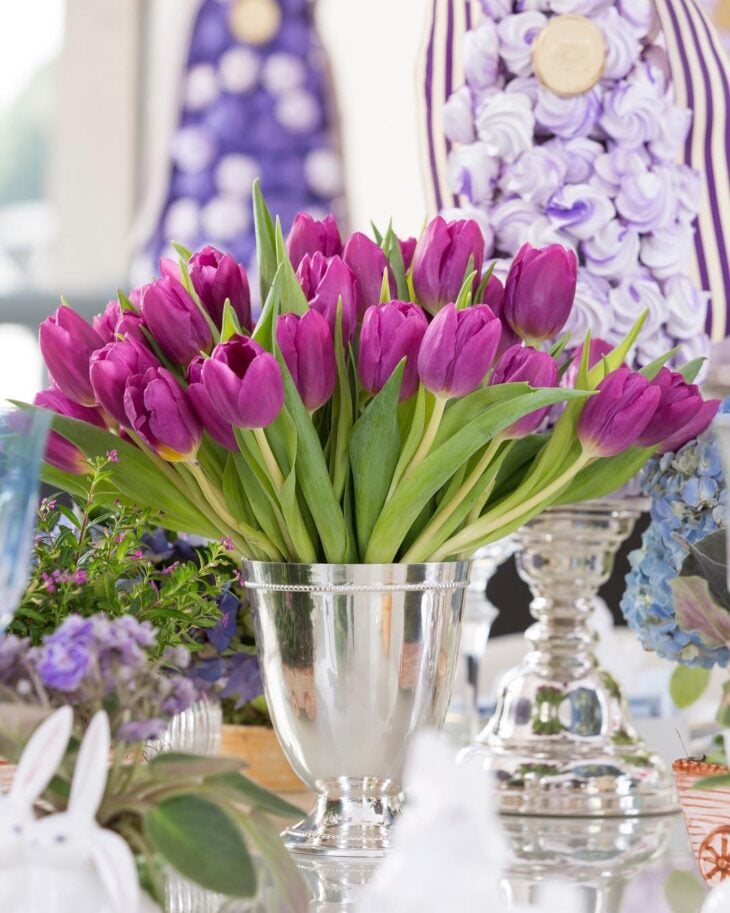Table of contents

Tulips are charming flowers that make the environments more modern and colorful. Of Asian origin, they were brought to Holland in 1560 and became a symbol of the country. This flower is a plant species that belongs to the family of plants called Liliaceae, and has its differential by presenting a variety of types and colors. Besides being beautiful, the tulip has a very special meaning and represents loveAs it is also one of the first flowers to appear in spring, it symbolizes rebirth and renewal.
Having a tulip in Brazil is a complex activity, but possible, because the Brazilian soil and climate do not favor their development. But with care, dedication, and a few tips, it is possible to grow them in your garden and even brighten up your decoration with these charming flowers.
How to care for tulips
You will see some care tips so that you can grow and maintain your flower in a beautiful and healthy way:
How to care for flowering tulips
- Choose a place without too much sun tulips like sun, but not too much, so place them in a shady space or one that gets only morning sun.
- Get them wet Use a spray bottle only to moisten them. They do not adapt to a waterlogged soil. Be careful!
- Plant in the ideal pot It is recommended that it has 30 centimeters and drainage holes for the water to circulate optimally. When doing this, divide it into three layers: one with stones, another with soil, and the third with sand.
- Fertilize your tulip Use a good quality fertilizer, especially liquid fertilizers that enhance growth are ideal.
- Do maintenance Always check that there are no pests or bugs that can damage the plant. Aphids are an example of a problem, which can be avoided with just the right amount of water. Also, remove wilted leaves and flowers so that the rest of the flower doesn't get contaminated.
- Let the tulip dry When you notice that the tulip has dried up and died naturally, stop watering and fertilizing the plant. Only then will it have a chance to break down completely and you can begin the process of planting again.
- Remove the yellowish leaves Do this only after the plant is completely wilted and dry, to give it a chance to bloom again.
- Dig up the bulb Wash it, let it dry, wrap it in a paper towel and store it in a drawer, so that it can be used for repotting.
- If it is planted in a pot, move it to a cool place Whether it is a basement, a garage, or a room, let it rest for a few months leading up to spring.
- Plant it again Plant the tulip with the flat side down, and cover the bulb with 5 centimeters of a mixture of soil, sand, and organic compost, in a sunny spot.
- Double the care Take care of the tulip's soil: water it daily and always check that it is completely moist, but not soggy.
- Wait : done the job, now it's time to wait and let it grow until it blooms in the spring.
- In pots: autumn is the best time to plant your tulips. The reason? The plant's bulb, which is nothing more than a corresponding part of the stem, needs cold in order to develop and favor growth. When it is already planted, leave the plant in a cool place, without too much sun. This cooling process enhances its flowering.
- Directly into the ground: tulips work if planted in pots, but their beauty is multiplied when they are grown in gardens or flower beds. To begin this planting, choose a place with plenty of light (not too much sun) and soil that does not receive abundant water. It is essential that the soil be analyzed, considering that it is free of weeds and other pests. At planting time, dig a hole withabout 4 centimeters, place the flat side of the bulb down and space them 5 centimeters apart from each other. After that, fill the hole with soil and water lightly with the help of a spray bottle.
- Plant the bulbs in the fall: After the summer, the nights get colder and this is the ideal time to plant your bulbs. They must be planted when the soil temperature is above 15ºC. This activity must be done a week after buying them, since it is not indicated to leave them above ground for a long time.
- Choose your bulbs: Depending on the variety, each bulb produces up to 4 stems and flowers. It is essential that they are firm to the touch and have light brown skin and a light, onion-like consistency.
- Decide where to plant the bulbs: tulips are usually planted in rows, in order to control their direction. Find the ideal spot and get ready to plant them. It is ideal if the area is sunny and not excessively humid.
- Consult the planting soil: Flowers will grow in most soils, but be aware of its moisture. Also, remove any weeds or stones that are present.
- Dig holes for the bulbs: separate the holes so that they are about 10 centimeters apart from each other and dig them so that they are 20 centimeters deep from the base of the bulb. The larger the bulb, the more intense the hole should be. While doing this, remove roots, rocks, and other debris that might impede the growth of the tulips.
- Plant the bulbs: Distribute them in holes and leave the pointed sides up, otherwise the plants will bloom from top to bottom. Put the soil back in the holes and put it together with your hands.
- Water the tulips gently: After planting, add water to the flowers. This helps them start to grow. Be careful not to get them too wet and rot the bulbs.
- Look out for tulips blooming in the spring: Starting in September or October, the bulbs transform to become beautiful tulips in the spring.
How to care for tulips after the flowers die
The tulip is a very delicate flower and for this reason it is essential that it be cared for on a daily basis.
What is the best place to grow tulips?
Tulips require extra attention when you start the process of planting them, so pay attention to the tips and care in the place where you will plant them so that they can develop in a healthy way.
How to grow tulips?

Planting flowers is an activity that guarantees well-being. Planting tulips even more so, since care must be doubled and daily. At the end of the process, you will have beautiful flowers to brighten your garden or the decoration of your home.
See_also: Wicker: advantages and 25 ideas to invest in this versatile material10 photos of tulips to inspire you to have your own garden
Tulips are enchanting flowers that possess a peculiar charm. With their various colors, they are great options for coloring the garden and giving it a special meaning. Red tulips, for example, are associated with love, while lilac and purple tulips symbolize luxury and glamour. White tulips define forgiveness, peace, and tranquility.
1. a garden path with tulips is enchanting

2.A tulips look great in decoration

3. one of Holland's best-known icons with a colorful tulip garden

4. a special touch for the set table

5. tulips to color the foyer decoration

6. a beautiful arrangement for the room

7. a red tulip can represent love in your decoration

8. what about this bouquet with a mix of tulips?

9. yellow represents vivacity in the garden

10. purple tulips look lovely in arrangements

Tulips are a beautiful species found in a wide variety of colors. Their long, erect stems support a beautiful solitary flower that matches the decoration of balconies or colors gardens. With these tips, it is very easy to have them in your home. Let's get to work!
See_also: 50 ways to have an outdoor kitchen for those who love cooking

